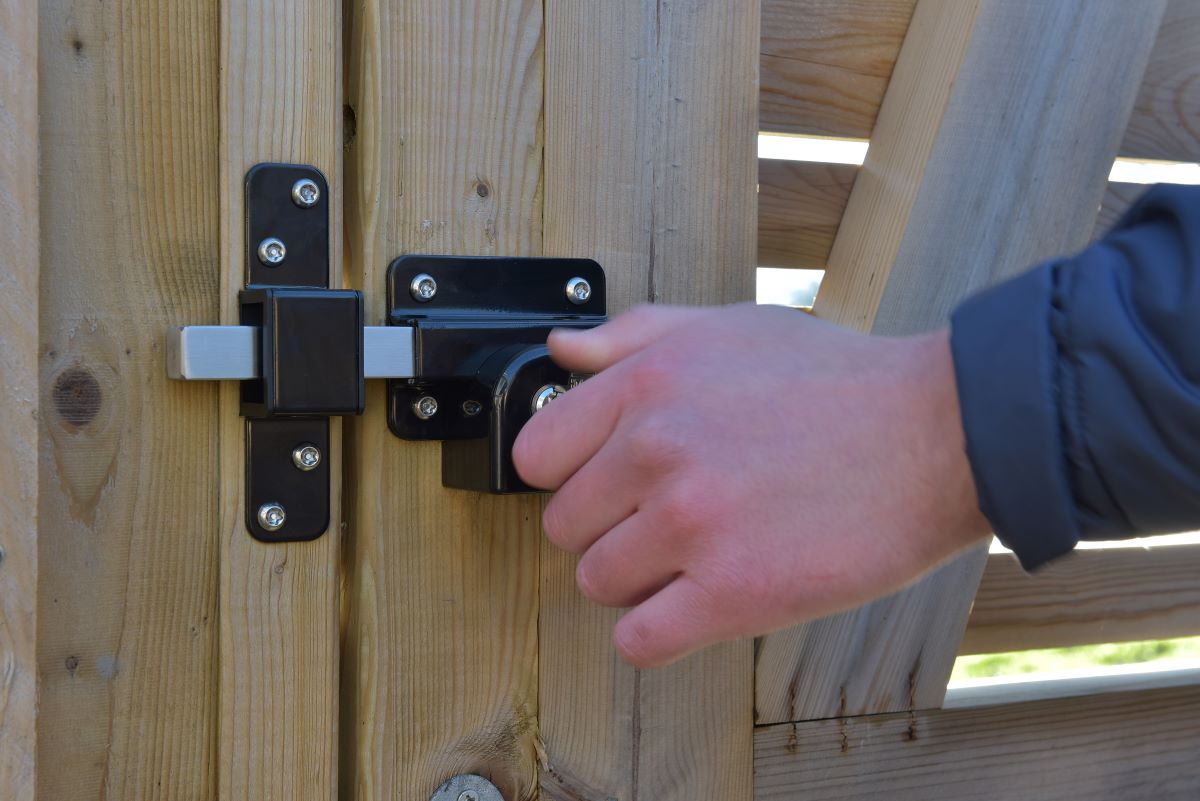

Articles
How To Lock Fence Gate
Modified: December 7, 2023
Learn how to lock your fence gate securely with these helpful articles. Find step-by-step instructions and expert tips to protect your property.
(Many of the links in this article redirect to a specific reviewed product. Your purchase of these products through affiliate links helps to generate commission for Storables.com, at no extra cost. Learn more)
Introduction
Welcome to our comprehensive guide on how to lock a fence gate. Whether you have a wooden fence surrounding your backyard or a metal gate guarding your property, installing a reliable lock is essential to ensure the security and privacy of your space. By properly securing your fence gate, you can prevent unauthorized access and keep your belongings safe.
In this article, we will walk you through the step-by-step process of how to lock a fence gate. From assessing the gate to choosing the right lock and installing it, we will cover everything you need to know to successfully secure your fence gate.
Before we get started, it’s important to note that the specific steps may vary depending on the type of fence gate you have. Wooden gates, metal gates, and chain-link gates may require slightly different approaches. However, the overall principles remain the same. So, let’s dive in!
Key Takeaways:
- Assess the condition, material, and surroundings of your fence gate to choose the most suitable lock and ensure optimal security for your property.
- Regularly inspect, clean, lubricate, and repair your fence gate and lock to maintain their longevity and effectiveness, providing continued security for your property.
Read more: How To Lock A Chain Link Fence Gate
Step 1: Assessing the Gate
The first step in locking your fence gate is to assess its condition and design. This will help you determine the most suitable type of lock to install. Here’s what you need to do:
- Inspect the gate: Take a close look at your fence gate and check for any damage or wear. Ensure that the gate is in good condition and functioning properly. If you notice any issues, such as loose hinges or gaps in the gate, address them before proceeding.
- Consider the material: Identify the material of your fence gate. This could be wood, metal, or chain-link. The material will play a role in determining the type of lock you can install and its compatibility with the gate.
- Measure the gate: Measure the width and height of the gate to determine the appropriate size for the lock you choose. This will ensure a proper fit and optimal security.
- Assess the surroundings: Look at the area surrounding the gate. Consider factors such as accessibility, visibility, and potential obstructions. This will help you determine the level of security required and choose a lock that suits your specific needs.
By thoroughly assessing your gate, you will have a better understanding of its condition and the environmental factors that may influence your lock selection. This knowledge will guide you in making informed decisions when choosing the lock for your fence gate.
Step 2: Choosing the Right Lock
Now that you have assessed your fence gate, it’s time to choose the right lock for your specific needs. The lock you select should provide optimal security, be compatible with your gate, and fit within your budget. Here are some factors to consider when choosing a lock:
- Type of lock: There are several types of locks available, including padlocks, deadbolts, latch locks, and combination locks. Each type offers unique features and pros and cons. Consider the level of security you require and the convenience of use when selecting a lock.
- Security level: Evaluate the security features of each lock. Look for features such as hardened steel construction, anti-pick mechanisms, and key control systems. Choose a lock that offers a high level of security based on your needs.
- Compatibility: Ensure that the lock you choose is compatible with the material and design of your fence gate. Consider factors such as gate thickness, mounting options, and whether the lock can be installed on the inside or outside of the gate.
- Weather resistance: If your fence gate is exposed to the elements, choose a lock that is weather-resistant and can withstand outdoor conditions. Look for features such as corrosion resistance and a durable finish.
- Budget: Determine your budget for the lock. Price can vary depending on the type and brand of lock. Consider the value of the lock in terms of its security features and durability.
Take your time to research different lock options, read reviews, and consult with experts if needed. Remember, the lock you choose will play a crucial role in securing your fence gate, so make an informed decision based on your specific requirements.
Step 3: Preparing the Gate
Before installing the lock on your fence gate, it is important to properly prepare the gate to ensure a secure and effective installation. Follow these steps to prepare your gate:
- Clean the gate: Remove any dirt, debris, or rust from the gate surface. Clean the area where the lock will be installed using a mild detergent and water. Dry the gate thoroughly before proceeding.
- Mark the position: Determine the ideal position for the lock on your gate. Take into account factors such as accessibility, visibility, and ease of use. Use a pencil or marker to mark the exact location where the lock will be installed.
- Drill pilot holes: If necessary, drill pilot holes for the lock’s mounting screws. Ensure that the holes are the appropriate size for the screws provided with the lock. Be careful not to drill too deep or damage the gate material.
- Reinforce the gate: For added security, consider reinforcing the gate with a gate brace or reinforcement plate. This can help prevent the gate from sagging or being easily forced open. Follow the manufacturer’s instructions for installation.
By properly preparing your fence gate, you will create a strong and stable foundation for the lock installation. This will ensure that the lock functions effectively and provides the desired level of security for your property.
Install a sturdy padlock on the gate and use a latch with a built-in lock for added security. Consider adding a gate alarm for extra protection.
Step 4: Installing the Lock
Now that you have prepared your fence gate, it’s time to install the lock. Follow these steps to properly install the lock:
- Read the instructions: Carefully read the manufacturer’s instructions provided with the lock. Familiarize yourself with the installation process and any specific requirements or guidelines.
- Align the lock: Place the lock in the marked position on the gate, ensuring it is aligned properly. Double-check that the lock is level and centered.
- Secure the lock: Attach the lock to the gate using the provided screws or mounting hardware. Use a screwdriver or drill to securely fasten the lock into place. Be careful not to overtighten the screws, as this may damage the lock or gate.
- Test the lock: Before completing the installation, test the lock to ensure it functions properly. Engage and disengage the lock several times to verify smooth operation.
- Check alignment: Once the lock is installed, check the alignment again to ensure it is securely in place and properly aligned with the gate.
It is essential to follow the manufacturer’s instructions throughout the installation process to ensure a proper fit and functioning lock. If you encounter any difficulties or have questions, don’t hesitate to consult the manufacturer or seek professional assistance.
Once the lock is securely installed, you can move on to the next step of the process: testing and adjusting the lock.
Read more: How Much For A Fence Gate
Step 5: Testing and Adjusting the Lock
After installing the lock on your fence gate, it’s crucial to test its functionality and make any necessary adjustments. This step ensures that the lock operates smoothly and provides the desired level of security. Follow these guidelines when testing and adjusting the lock:
- Operate the lock: Engage and disengage the lock multiple times to ensure it functions smoothly. Check that the lock fully engages and securely locks the gate.
- Check for misalignment: Assess if the lock aligns correctly with the strike plate or latch on the gate. If there is misalignment, slight adjustments may need to be made to ensure proper engagement of the lock.
- Adjust strike plate or latch: If the lock does not align properly with the strike plate or latch, adjust them accordingly. This may involve repositioning the strike plate, adjusting the latch mechanism, or using shims or spacers to achieve proper alignment.
- Test from both sides: Test the lock from both sides of the gate to ensure it can be easily locked and unlocked from both the inside and outside.
- Test under different conditions: Test the lock under various conditions, such as pushing or pulling on the gate, to ensure the lock remains secure. Make any necessary adjustments to reinforce the lock’s effectiveness.
By thoroughly testing and adjusting the lock, you can address any issues and ensure that it provides reliable security for your fence gate. Regularly check the lock over time to identify any signs of wear or damage and make any necessary repairs or replacements to maintain its functionality.
Step 6: Maintenance Tips
Maintaining your fence gate and lock is crucial to ensure their longevity and continued security. Here are some maintenance tips to keep in mind:
- Regular inspection: Regularly inspect your fence gate and lock for any signs of damage, wear, or tampering. Address any issues promptly to prevent further problems.
- Keep the lock clean: Clean the lock periodically to remove dirt, dust, and debris that can affect its performance. Use a mild detergent and water, and avoid using harsh chemicals or abrasive cleaners.
- Lubricate the lock: Apply a lubricant to the lock’s moving parts, such as the latch or keyhole, to ensure smooth operation. Use a silicone-based or graphite lubricant specifically designed for locks.
- Tighten loose screws: Check the screws and mounting hardware regularly and tighten any that have become loose. This will ensure that the lock remains securely attached to the gate.
- Repair or replace damaged parts: If any components of the lock or gate are damaged or broken, repair or replace them as soon as possible to maintain the security of your fence gate.
- Protect against weather: If your fence gate is exposed to harsh weather conditions, consider applying a protective sealant or paint to prevent corrosion or damage to the lock and gate materials.
- Secure gate when not in use: When the gate is not in use, ensure it is securely closed and locked. This will prevent unauthorized access and minimize stress on the lock and hinges.
By following these maintenance tips, you can prolong the lifespan of your fence gate and lock, ensuring they continue to provide the necessary security for your property.
Conclusion
Securing your fence gate is essential for maintaining the privacy and security of your property. By following the step-by-step process outlined in this article, you can effectively lock your fence gate and provide peace of mind knowing that your belongings are protected. Here is a recap of the key points discussed:
- Assess the gate: Evaluate the condition, material, and surroundings of your fence gate to determine the most suitable lock.
- Choose the right lock: Consider factors such as lock type, security level, compatibility, weather resistance, and budget when selecting a lock.
- Prepare the gate: Clean the gate, mark the lock position, and reinforce the gate if necessary.
- Install the lock: Follow the provided instructions to align and secure the lock on the gate.
- Test and adjust the lock: Ensure the lock operates smoothly, aligns properly, and engages securely with the gate latch or strike plate.
- Maintain the gate and lock: Regularly inspect, clean, lubricate, and repair any damage to the gate and lock components. Protect them from weather conditions and ensure the gate is securely closed when not in use.
Remember, every fence gate is unique, and it’s important to consider your specific requirements when choosing and installing a lock. Regular maintenance and attentiveness to the condition of your gate and lock will contribute to their longevity and effectiveness.
Now that you have the knowledge and guidance to lock your fence gate, it’s time to take action and enhance the security of your property. A well-secured fence gate will provide you with the peace of mind and confidence in knowing that your space is protected.
Frequently Asked Questions about How To Lock Fence Gate
Was this page helpful?
At Storables.com, we guarantee accurate and reliable information. Our content, validated by Expert Board Contributors, is crafted following stringent Editorial Policies. We're committed to providing you with well-researched, expert-backed insights for all your informational needs.
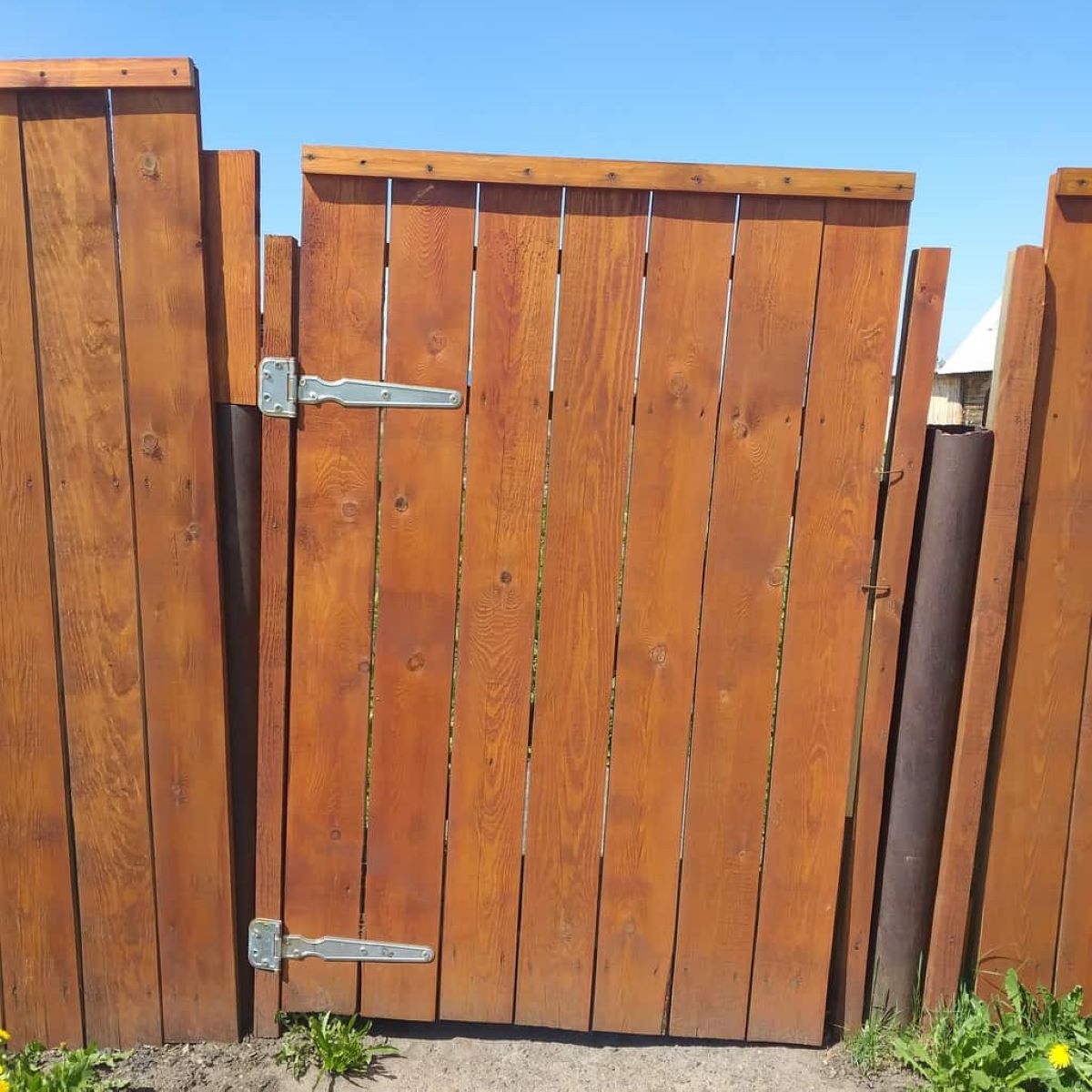
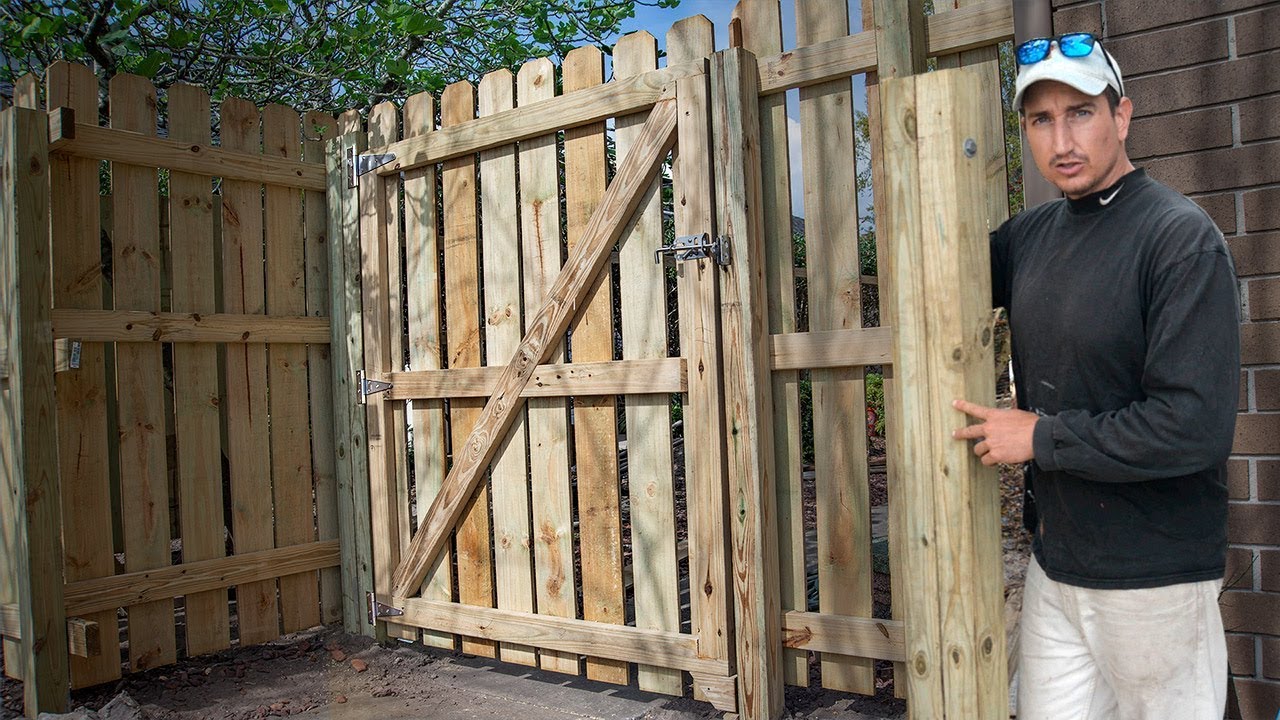
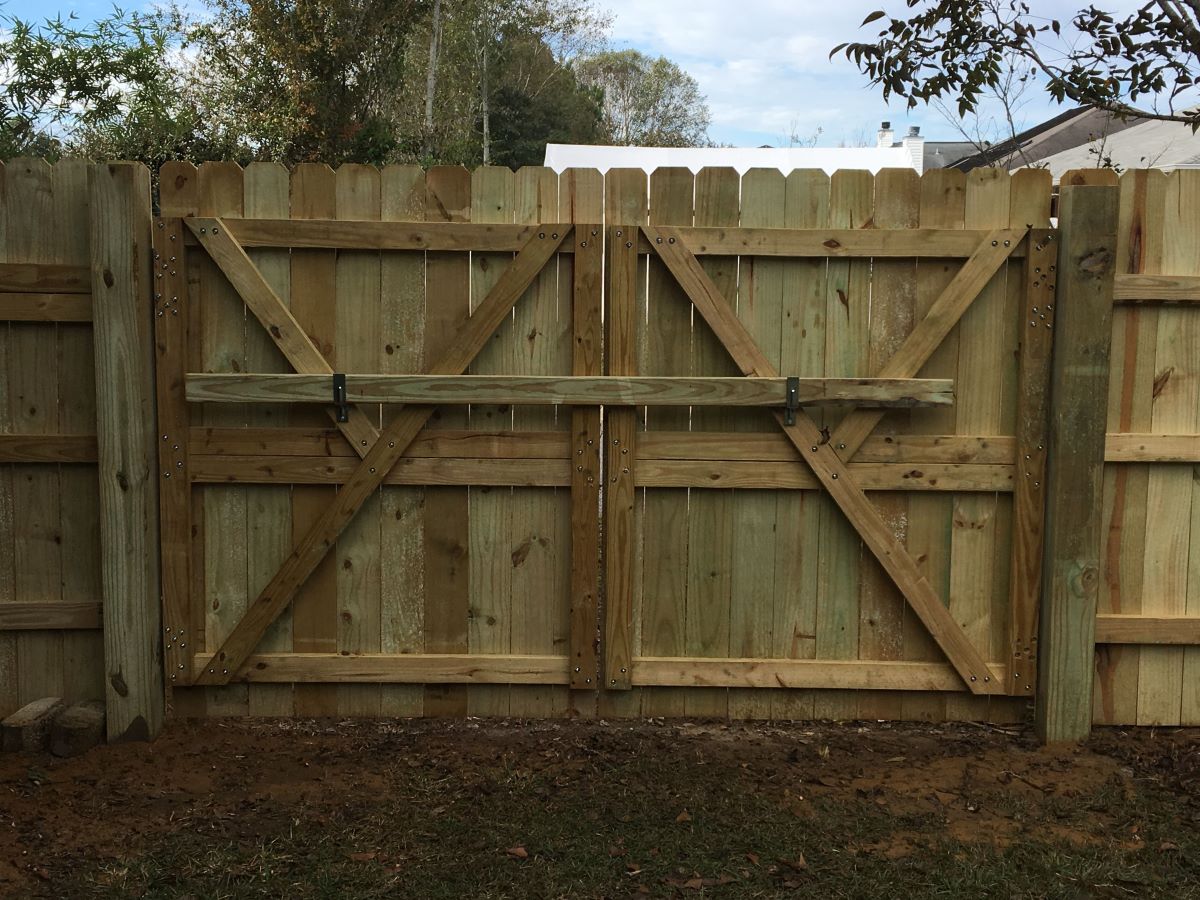
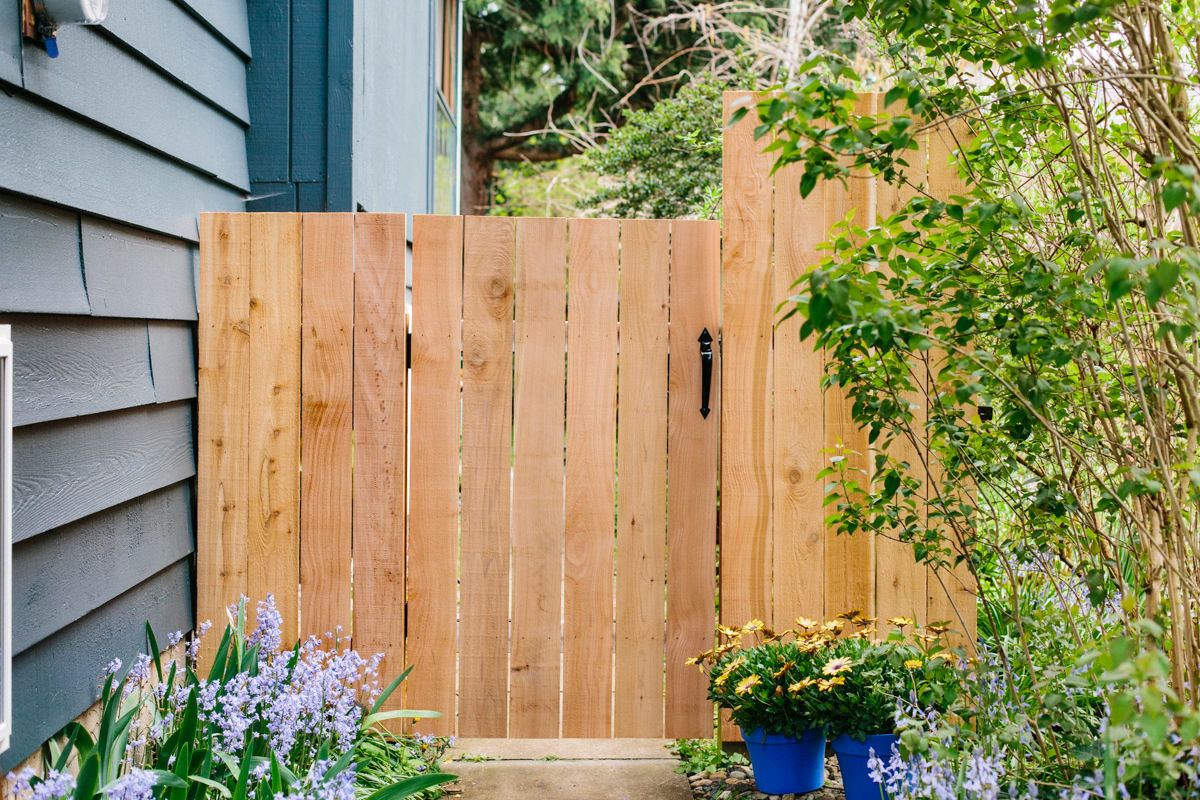
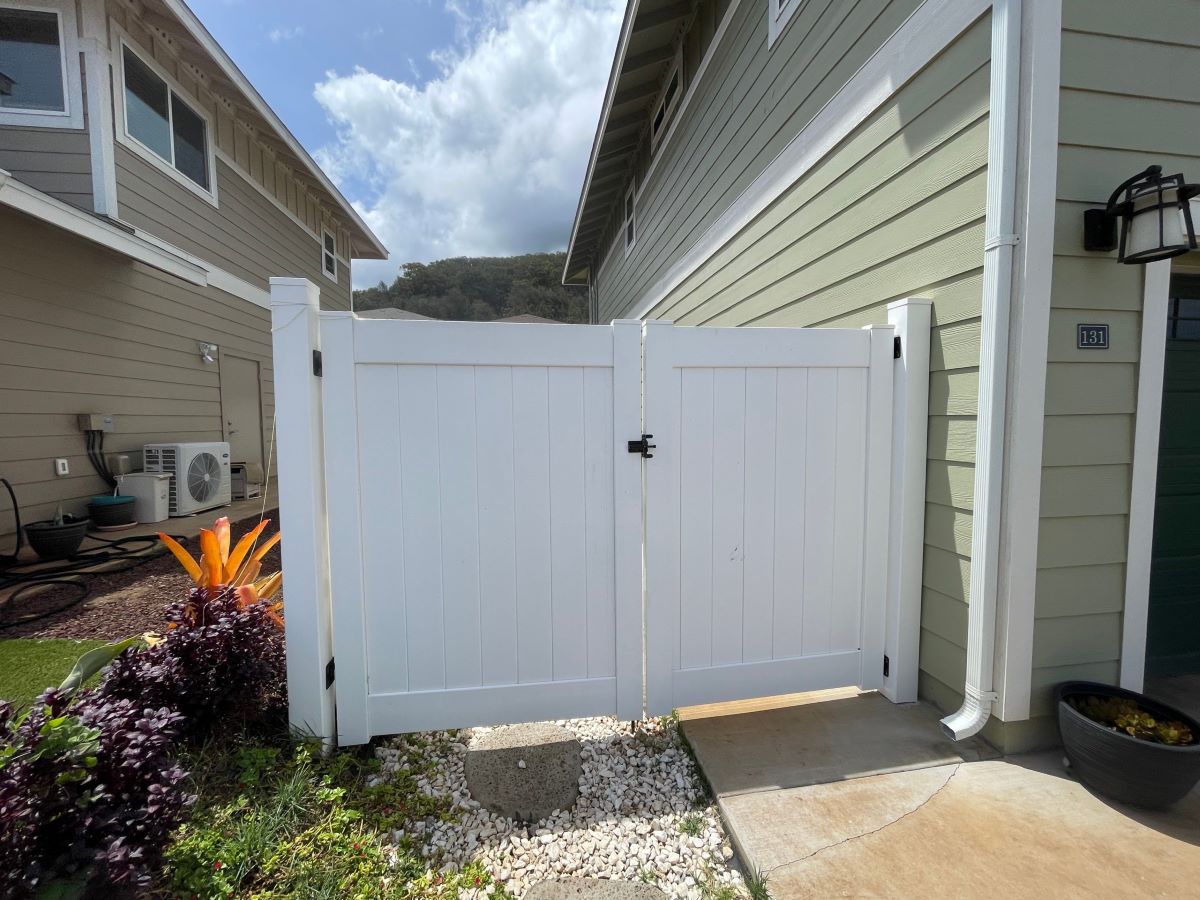
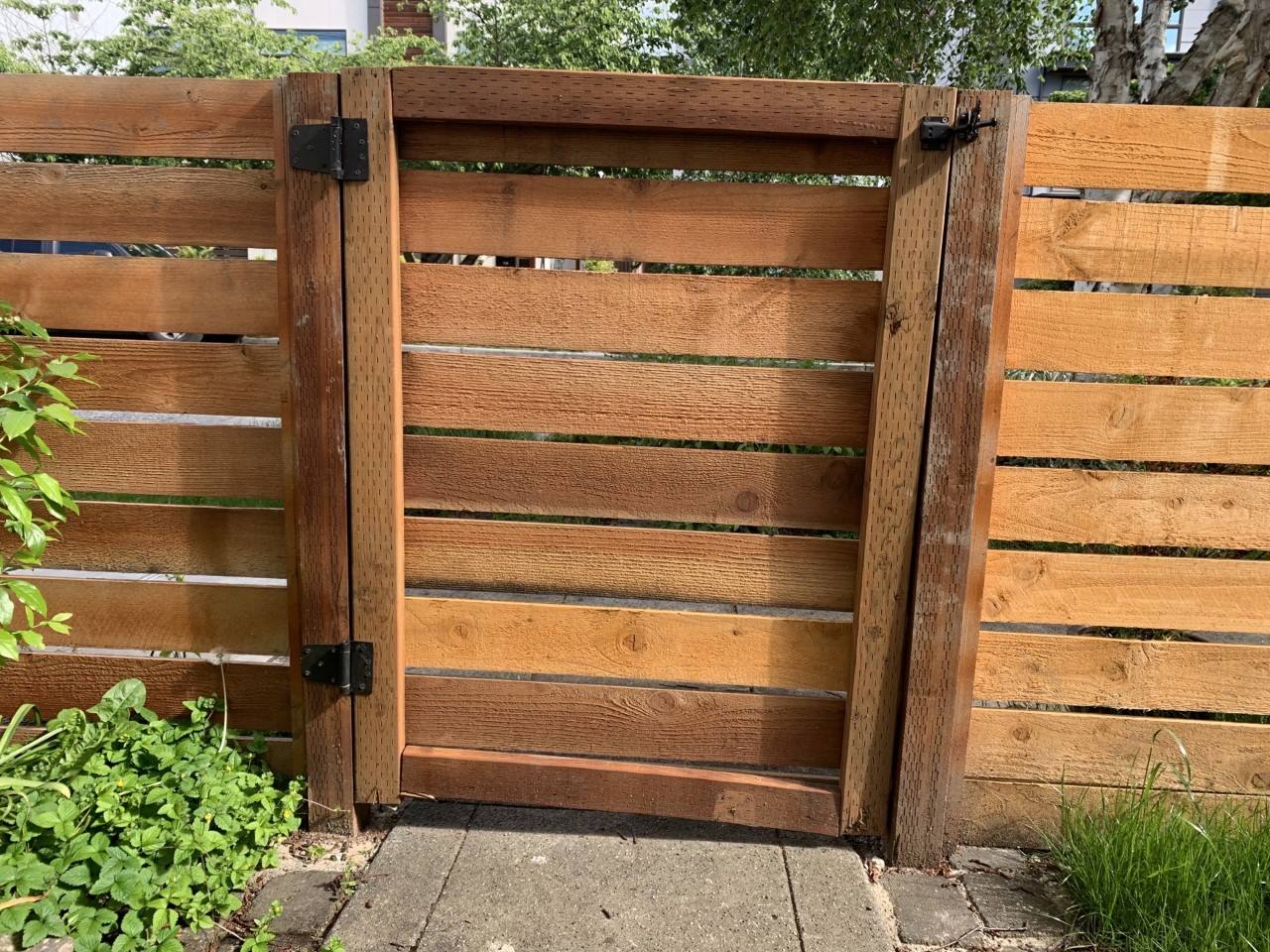
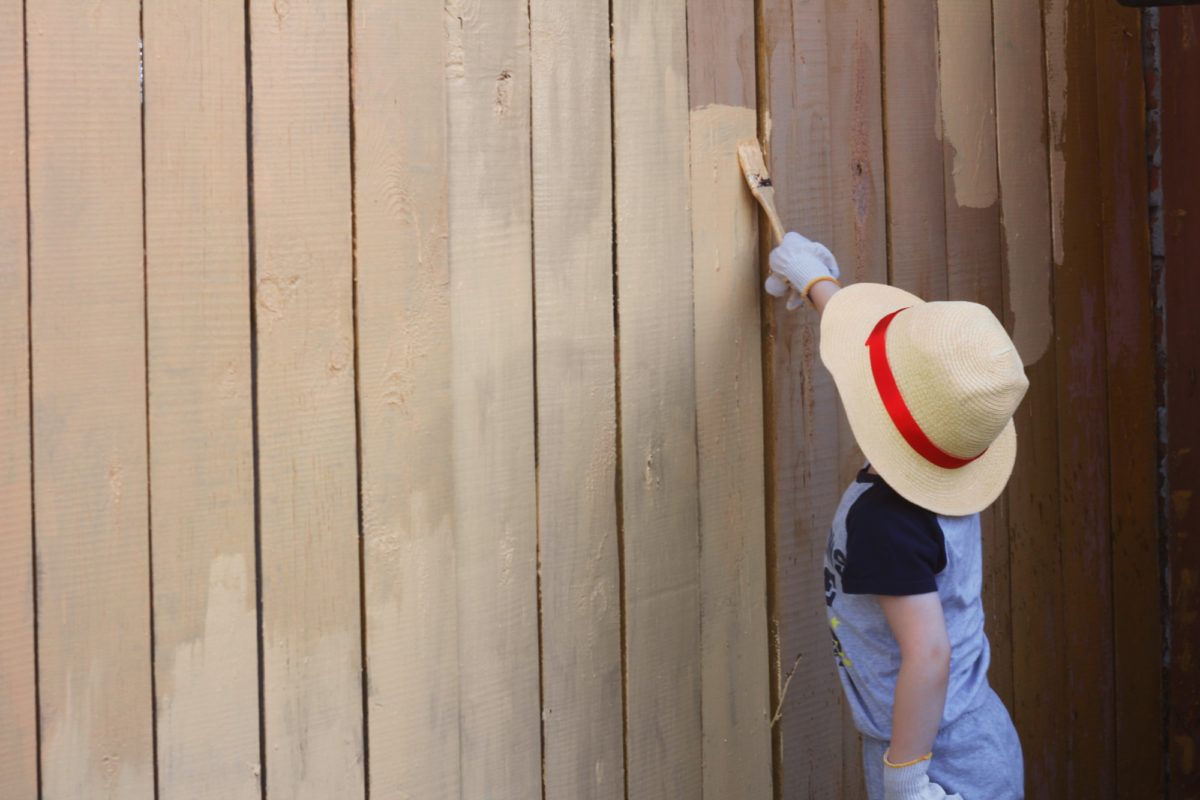
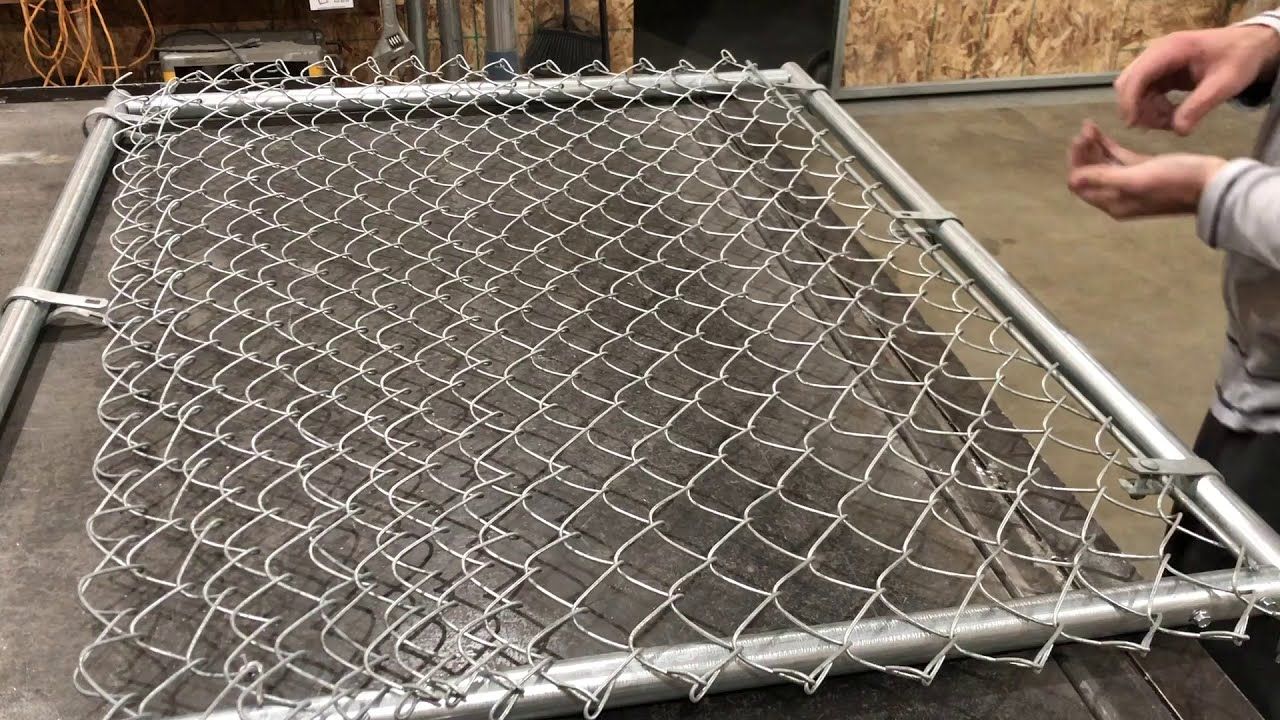

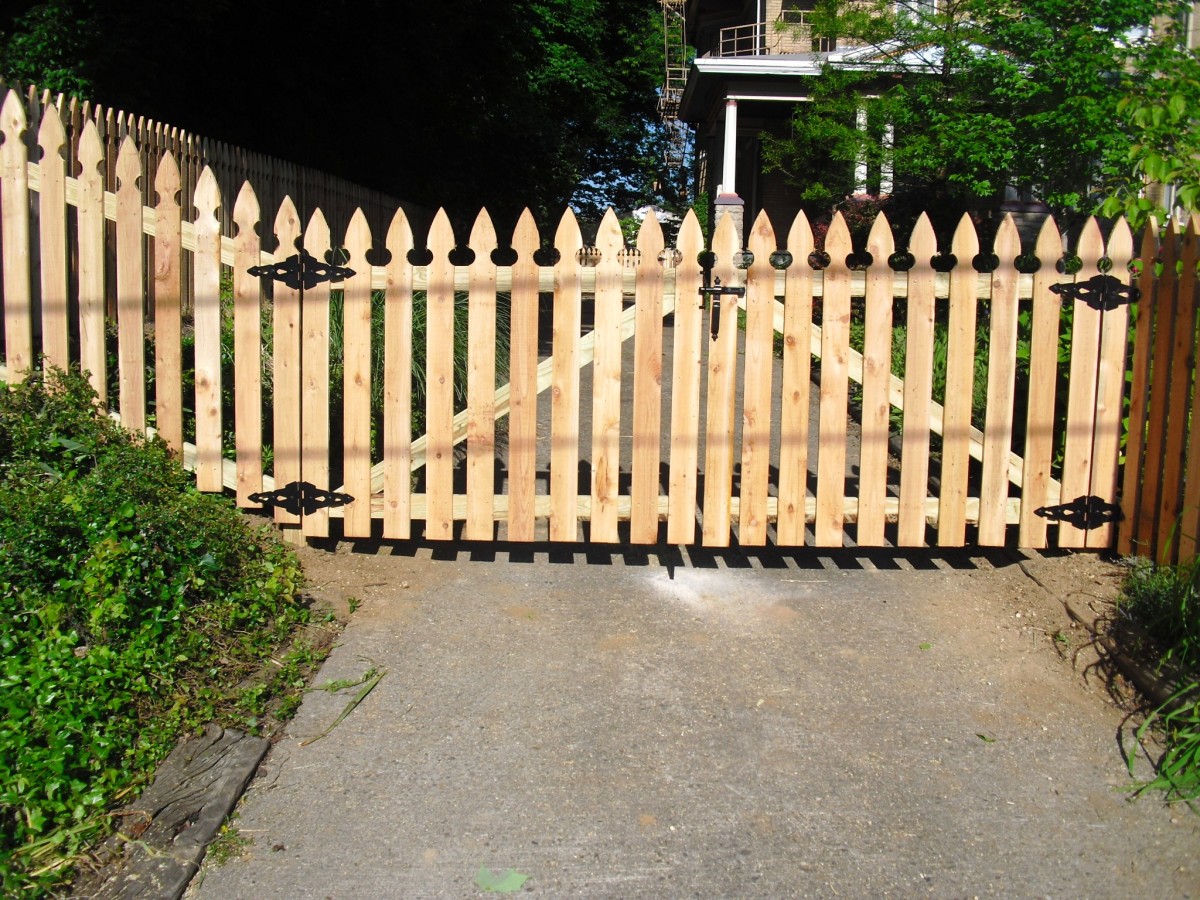

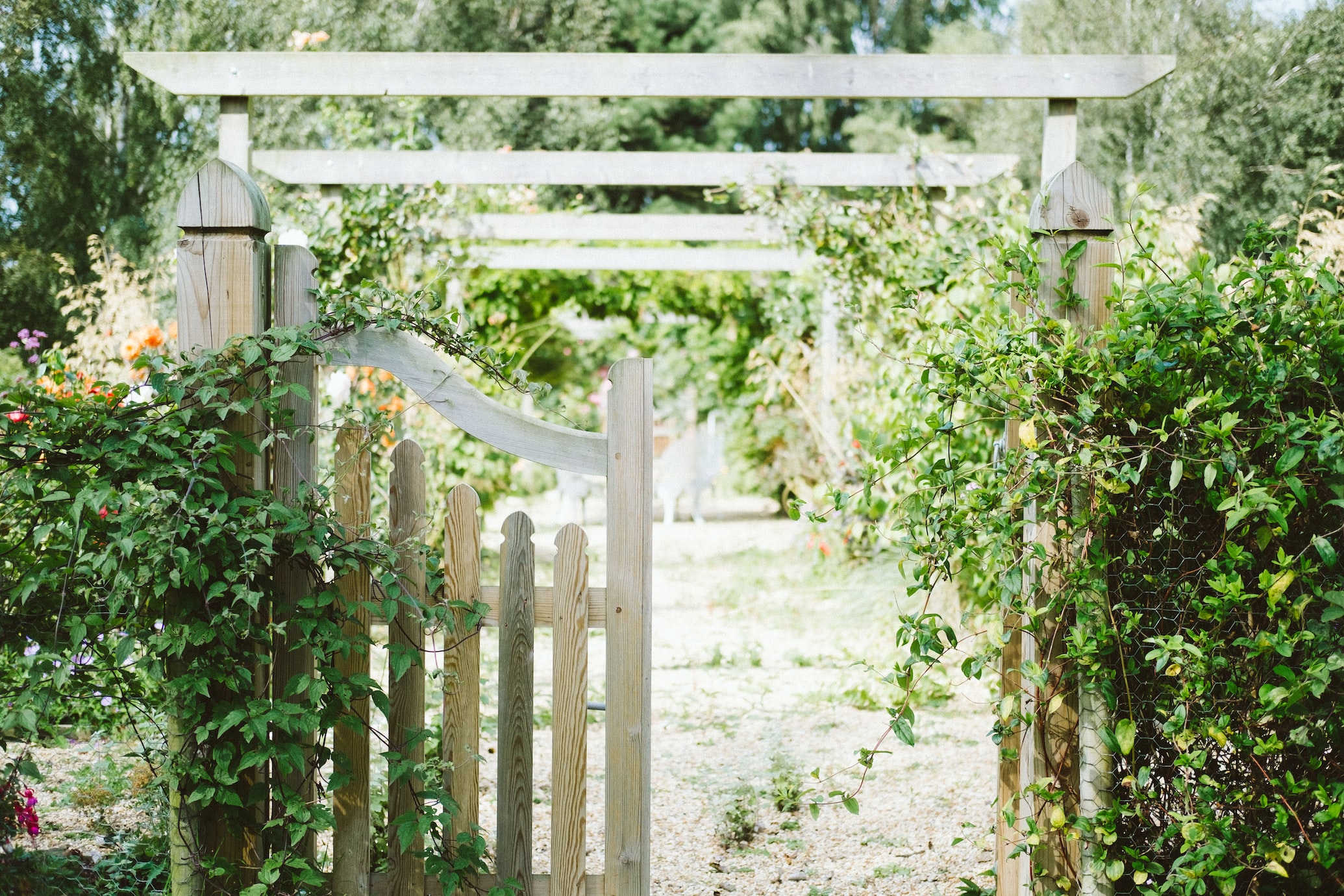
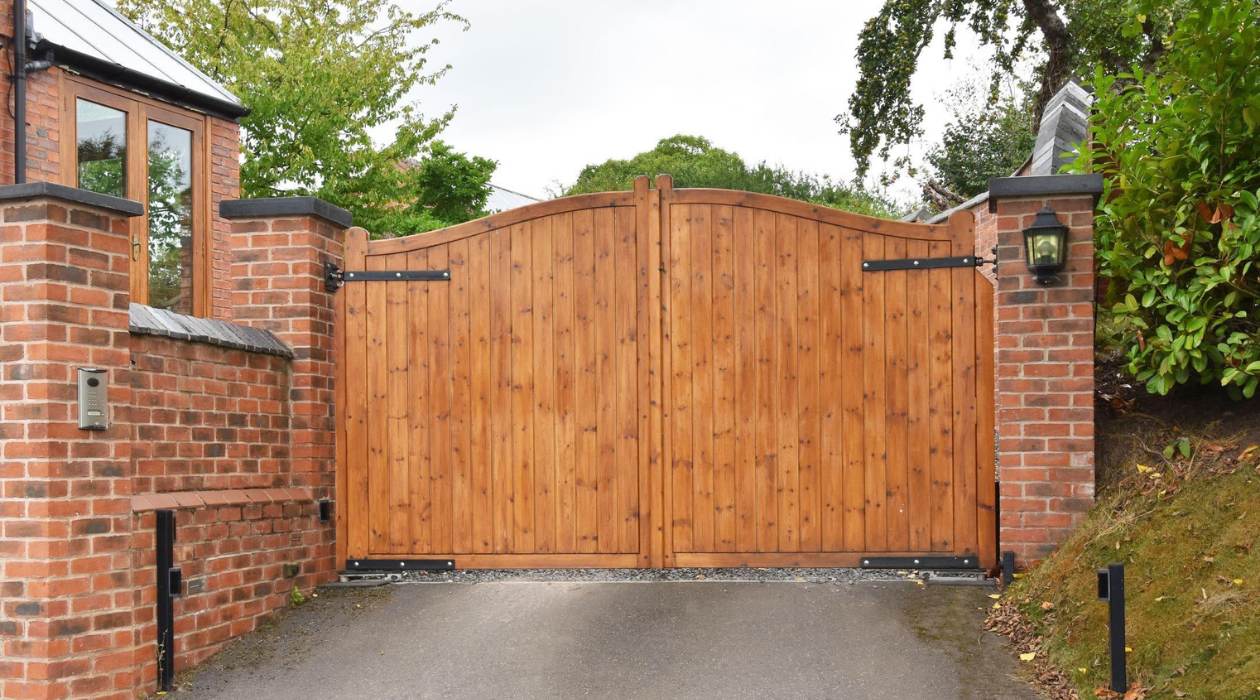


0 thoughts on “How To Lock Fence Gate”